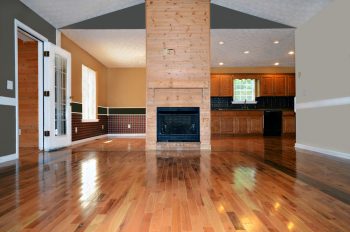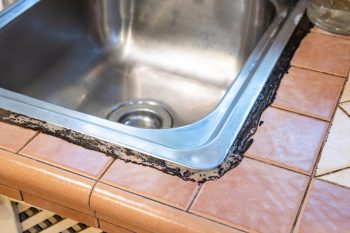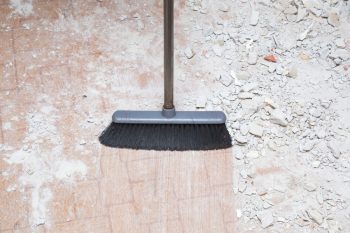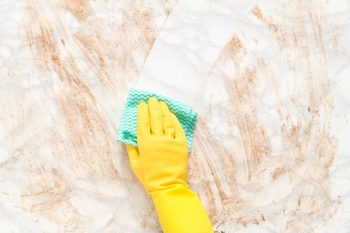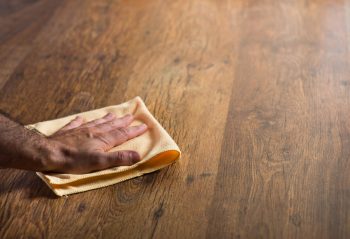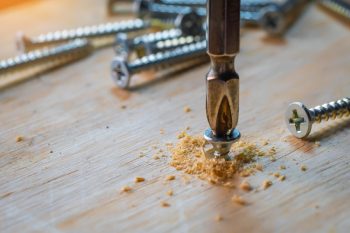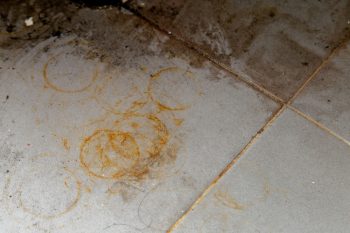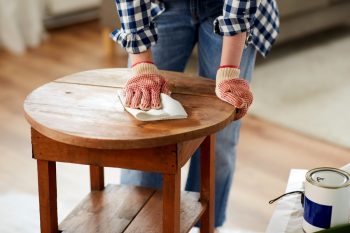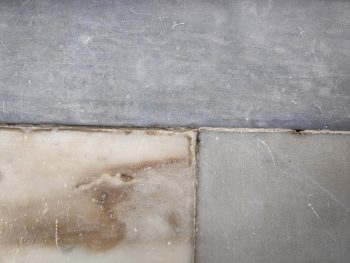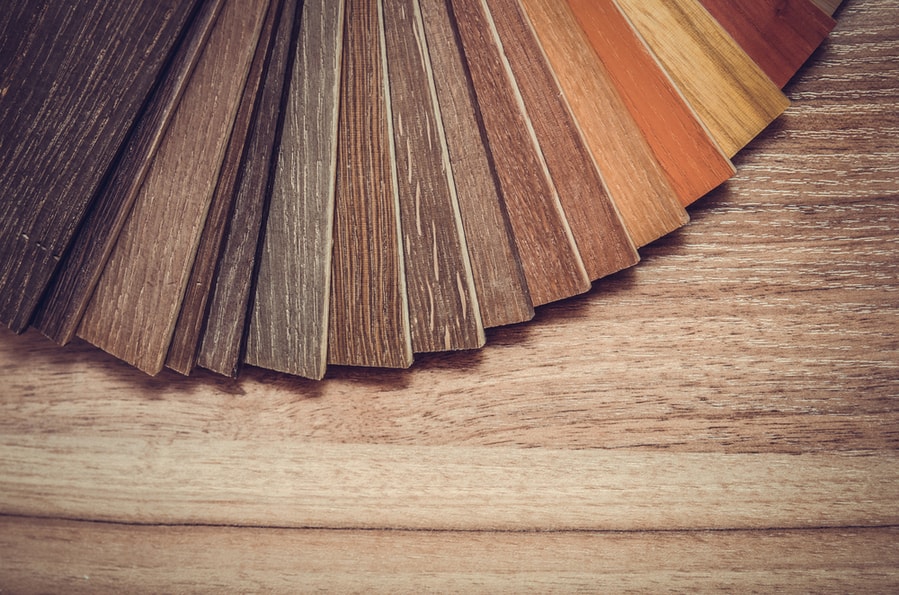
Hardwood floors represent beauty and radiance, which makes your house appear livelier. Moreover, these floors offer longevity and are comparatively easy to clean and maintain.
However, everything seems picture-perfect until you notice a bit of haze on your beautiful hardwood floors. Don’t fret! In this article, we will learn how to remove hazy residue from hardwood floors.
It is easier than you can imagine, and there are several ways to go on about it.
There are numerous remedies available for hazy hardwood floors. However, not all of them work. Therefore, we will work with the best known to ensure you get those radiant results.
Here are a couple of things you might need as you continue reading:
- Vinegar
- Hydrogen Peroxide
- Ammonia-free glass cleaner
- Olive oil mayonnaise
In addition to working solutions, we’ll also discuss tips to prevent your hardwood floors from getting hazy.
There are four working remedies to remove hazy residue from hardwood floors. The ingredients are simple but knowing how to carry out the procedure is crucial. Therefore, in this article, we’ll thoroughly cover each method.
4 Ways To Remove Hazy Residue From Hardwood Floors
Knowing what caused the haze on your hardwood floors is half the process. Each remedy is suitable for a particular scenario.
In other words, what works in one case might not work for another. Let’s get right to it.
1. White Vinegar
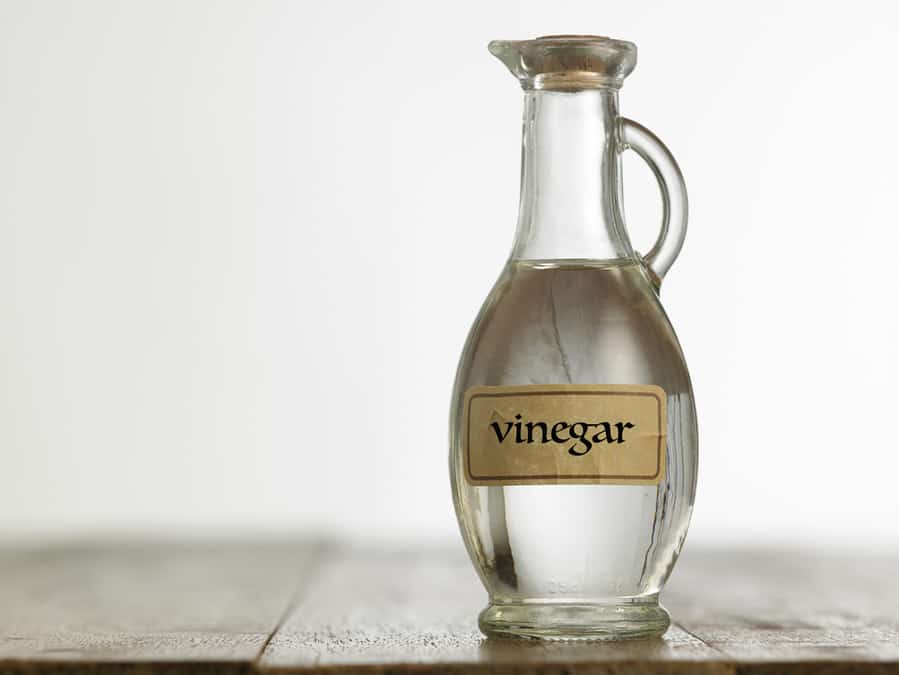
Vinegar is the most popular remedy for most DIY activities. However, most wood flooring professionals advise against it. The reason is mainly because of the corrosion it can cause.
Nevertheless, it is avoidable, and you can get good results. If you do not want to spend money on products, then you can dive right into the vinegar method.
Here’s a list of things you need:
- Half a cup of vinegar
- One gallon of warm water
- Microfiber spin mop
- Bucket
Instructions:
- Firstly, remove rugs, furniture, and other objects from the floor.
- Dust the floor and be thorough with it.
- Mix all your ingredients in the bucket.
- Dip your mop in the solution and squeeze it out until it’s nearly dry.
- Use the hand-dragging method to move the mop across the floor in an “S” pattern.
- To prevent damage, use the microfiber cloth to clean up the floor after you are done.
2. Hydrogen Peroxide

Hydrogen peroxide is odor-free, cleans, and disinfects the floor easily. Moreover, it is quite affordable.
You might find this solution sold in dark brown containers. That is because it is light-sensitive. Either way, hydrogen peroxide effectively removes haze from hardwood floors.
Here’s everything you need to get started:
- A flip-style mop
- Bottle of 3% hydrogen peroxide
- Two-sided microfiber mop pads (as needed)
- Clean empty spray bottle
Instructions:
- Remove all the rugs and furniture from the area to be cleaned.
- Thoroughly dust and damp mop your hardwood floor.
- Transfer the contents of the 3% hydrogen peroxide bottle into the empty spray bottle.
- Spray the hazy area with hydrogen peroxide. Work in 2′ x 2′ sections.
- Let the solution rest for several seconds but don’t allow it to dry.
- Afterward, use the wet side of the mop pad to wipe out the haze.
- Repeat the spraying step.
- Use the chenille side of your mop pad and ensure the floor is dry. (This bit may require some extra exertion).
- Be sure to frequently change the microfiber mop pad until your hardwood floor looks good.
3. Ammonia Free Glass Cleaner
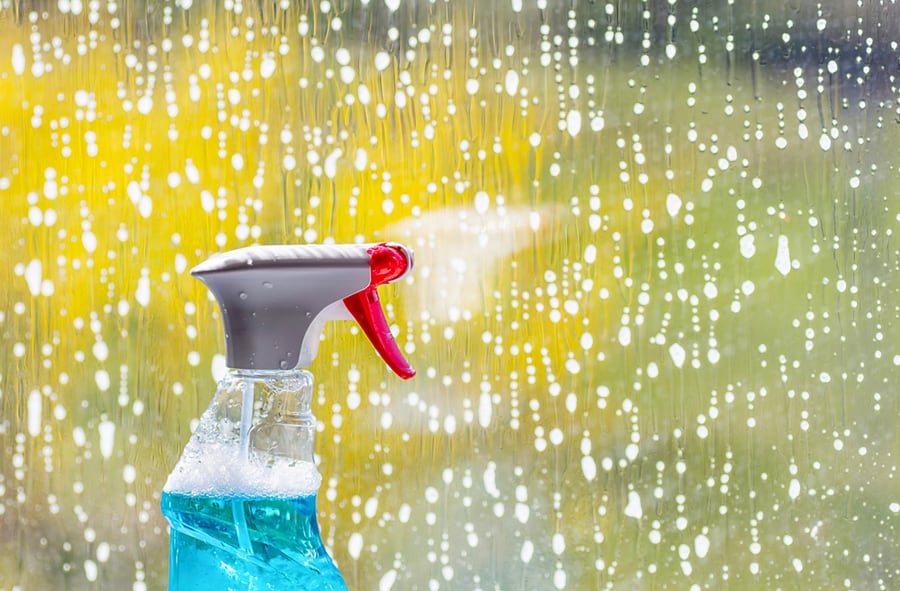
Ammonia-based window cleaners and ammonia-free glass cleaners are highly effective in removing haze from hardwood floors.
However, you should know that ammonia is highly toxic and must be careful while handling it.
Here’s what you need:
- Respiratory mask and gloves
- Ammonia-free glass cleaner or ammonia-based glass cleaner
- A flip-style mop
- Clean empty spray bottle
- Two-sided microfiber mop pads
Instructions:
The steps are the same as the hydrogen peroxide method. Just substitute the 3% hydrogen peroxide solution with an ammonia-free glass cleaner.
4. Olive Oil Mayonnaise
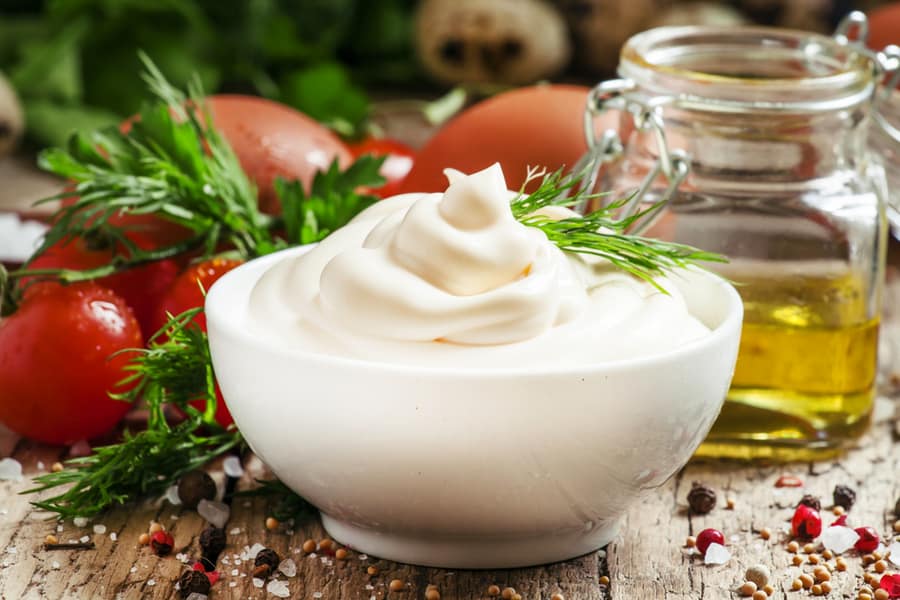
This might seem odd, but olive oil mayonnaise is quite the popular remedy.
Yes, it involves spreading it over the gray areas of your hardwood floors. Don’t worry if it doesn’t make sense; let’s look at the science behind this.
Olive oil is comparatively heavier than water and does not mix with it. Hence, it can displace the water and push it to the surface, met by mayonnaise.
As you remove the mayonnaise, the water is moved along with it. Seems logical now.
Here is what you need to get started:
- A single roll of super absorbent, lint-free paper towels,
- One rubber spatula,
- A jar of olive oil mayonnaise,
- Flip-style mop,
- Two-sided microfiber mop pad.
Instructions:
- Clear the area of all rugs and furniture.
- Dust and damp mop the hardwood floor.
- Use the rubber spatula to scoop out the mayonnaise and spread it over the gray area. You should keep the layer about 1/4 thick.
- Let the paste dry for at least one hour.
- Wipe the mayonnaise from the floor using paper towels.
- Work in small sections and use the short-napped side of your damp mop to remove the oily residue.
- Dry the floor using the long-napped side of the mop pad.
- Repeat the process until you are clear of all hazy residue.
How To Prevent Hardwood Floors From Getting Hazy
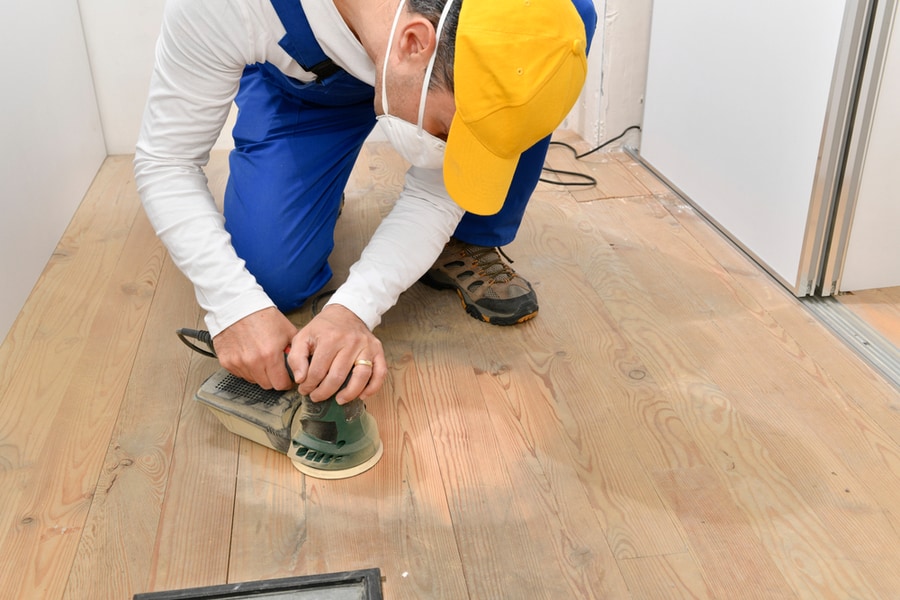
Poor maintenance can result in hazy hardwood floors. Therefore, you must ensure the radiance of your hardwood floors.
You already know about four ways to clean the residue, but prevention is better than cure. Here are some key tips to prevent your hardwood floors from getting hazy:
- Use pH-neutral cleaners if you are damp-cleaning the hardwood floors. These are gentle on your floor but hard on the stains.
- Always use microfiber mops to absorb excess water while you clean.
- Frequently clean, sweep, and dust-mop the hardwood floors to eliminate any large particles that might settle in.
- Fine spray mist is better than pouring big drops on the hardwood floor.
Takeaway
Cleaning hazy residue from hardwood floors is an essential DIY skill. Hardwood floors are a beautiful touch to your home, and you must ensure the longevity of their remarkable beauty.
At this point, you are already familiar with four effective ways to clean your hardwood floors.
However, it is important to remember that vinegar, ammonia-based glass cleaners, and hydrogen peroxide require careful handling.
They are not only harmful to the floor but can be harmful to you as well.
Therefore, ensure that you are careful while handling them and use them in controlled quantities. This will allow you to get desired results without hurting your hardwood floor.
Frequently Asked Questions
Why Do My Hardwood Floors Look Dull After Cleaning?
Here’s what might have damaged your hardwood floor:
- Scrub pads,
- Baking soda,
- Bottled cleaner.
Other than that, polishes and wood renewal products can easily leave a residue that builds up on the floor over time.
What Shouldn’t I Use on My Hardwood Floors?
Avoid abrasive cleaners altogether. These can easily dull the surface or ruin the finish. If you aren’t using vinegar in a controlled quantity, it can also damage your hardwood floor.

